10 Best Adventures of 1906
By:
November 2, 2016
One hundred and ten years ago, the following 10 adventures — selected from my Best Nineteen-Oughts Adventure list — were first serialized or published in book form. They’re my favorite adventures published that year. Trigger Warning: There is racism and sexism to be found in these stories, I’m afraid.
Note that 1906 is, according to my unique periodization schema, the third year of the cultural “decade” know as the Nineteen-Oughts. The transition away from the previous era (the final decade of the 19th century) continues, driven largely — this year — by Jack London.
Please let me know if I’ve missed any 1906 adventures that you particularly admire. Enjoy!
- Baroness Orzcy’s Scarlet Pimpernel novel I Will Repay. The French Revolution is in full swing, and Juliette Marny and Citizen Paul Déroulède — a lawyer considered harmless to the Revolution — are in love. However, Juliette once promised her aristocrat father that she would avenge her brother’s accidental death — in a duel — at the hands of Déroulède. Juliette now realizes that vengeance belongs to God… however, she has set into motion a plot that will end with Déroulède facing the guillotine! Déroulède, meanwhile, is plotting to help rescue France’s Queen Marie Antoinette. Only Déroulède’s friend, Sir Percy Blakeney, the guillotine-victim-rescuing Scarlet Pimpernel, can help them now. Readers agree that this is the silliest and most over-written Scarlet Pimpernel installment. However, if you like suspense, Orzcy never fails to deliver. Also, some readers admire Blakeney’s message about true love: “To love is to feel one being in the world at one with us, our equal in sin as well as in virtue.” Fun fact: The second Pimpernel book written, but chronologically third — after Sir Percy Leads the Band and before The Elusive Pimpernel. The title is from Romans 12:19: “Vengeance is mine; I will repay, saith the Lord.”
- Selma Lagerlöf’s children’s adventure Nils Holgerssons underbara resa genom Sverige (The Wonderful Adventures of Nils). Asked by Sweden’s national teacher’s association to write a children’s geography book, Lagerlöf invented a naughty boy, Nils Holgersson, who is transformed into a tomte — a brownie, or gnome — and takes flight on the back of a goose. Nils and the goose travel from one Swedish province to another, observing their natural characteristics and economic resources (city life and farm life, landscape, seasons and passing of time, animals and habitats, farm animals; birds, trees and plants), and performing random acts of kindness. None of which is as didactic as it may sound — in fact, it’s poetic. There are close calls with foxes and bears, and Nils learns lessons about courage, perseverance, and kindness. Robert Lawson’s excellent The Fabulous Flight is a comical version of Lagerlöf’s story, it now occurs to me. Fun fact: Lagerlöf was the first female writer to win the Nobel Prize in Literature. The Wonderful Adventures of Nils is a beloved Swedish classic; a picture of Nils and the goose appears on Sweden’s 20 krona note.
- B.M. Bower’s Western story Chip of the Flying U. This is a charming Western — romantic, humorous, easy-going, authentic in its details — but perhaps not exactly an adventure. Oh, well — you can’t have everything. Here we first meet the “happy family” of cowboys at Montana’s Flying U ranch. Chip is a gifted artist, who comes into conflict with Della Whitmore, a self-reliant doctor from back East — who “can shoot a coyote, laugh off a hazing, doctor a horse, and turn cowboys into pediatric orderlies’ — when she takes credit for one of his paintings. Later, she credits him for the work… and he saves her from a runaway horse. Della is a tough cookie, who introduces herself by shooting a marauding coyote. Chip falls in love with her, but he doesn’t realize it for a while. Della fixes his horse’s leg when he thought he’d have to shoot it, though… Fun fact: Prolific writer Bertha Muzzy Bower, who grew up in Montana’s Big Sandy region, was the first woman to gain national fame as the author of Western stories. Chip of the Flying U was first serialized in 1904, in Popular Magazine. It was adapted as a movie four times, one starring Tom Mix and another Hoot Gibson.
- Arthur Conan Doyle’s knightly adventure Sir Nigel. This prequel to Conan Doyle’s The White Company (1891) is set during the early phase of the Hundred Years’ War — a series of 14th- and 15th-century conflicts between rival English and French dynasties. Impoverished but insanely chivalrous nobleman Nigel Loring is made squire to Sir John Chandos. He and his attendant, Samkin Aylward, head to France to seek their fortunes; Nigel promises his lady-love, Mary, that he will peform three deeds of honor before he returns. En route to Calais, Nigel intercepts a French spy — then, as a point of honor, intercedes with King Edward III to save the man’s life. After recovering from his wounds, Nigel is sent on an expedition to Brittany under the command of Sir Robert Knolles; during a battle with a Spanish fleet in the Straits of Dover, he assists the king’s son (Edward, the Black Prince). In France, Samkin is captured by a brutal robber baron, so Nigel and others must penetrate and capture the baron’s castle. All of which is merely prelude to a thinly veiled retelling of the Combat of the Thirty, one of the most famous passage of arms in the annals of chivalry. Will Nigel be knighted? Fun fact: Nigel Loring is loosely based on the historical knight Neil Loring.
- Jack London‘s atavistic adventure Before Adam. Big Tooth, a hominid Australopithecine ancestor of ours, grows up in a primitive community of cave-dwellers, surrounded by other hominid tribes — some, who dwell in trees, are even more primitive; others, known as the Fire People, more advanced. He and his friend, Lop Ear, accidentally discover boating by falling into a river and catching onto a log; tools; even music and language. Desire for food and sex drive Big Tooth’s every action. He battles his fellow hominids and a saver-toothed tiger; and searches for a mate. Big Tooth has no thought for the future; his life is nasty, brutish, and short. (Ringo Starr’s movie Caveman is a slapstick version of this kind of thing; Jean M. Auel’s Earth’s Children books, which began to appear at exactly the same time as Caveman, are a middlebrow version.) Bizarrely, Before Adam is narrated — neutrally, without value judgments; in fact, the book can be read as a kind of illustration of Nietzsche’s Genealogy of Morals and Darwinian proto-sociobiology — by a young boy capable of tapping into his “racial memories.” Fun fact: Serialized in 1906 and 1907 in Everybody’s Magazine. London’s The Scarlet Plague, a 1912 post-apocalyptic novel, imagines humankind returning to this primitive way of life… amid the ruins of early 20th century civilization!
- Rex Beach’s Klondike adventure The Spoilers. On his way back to Nome, Alaska, on the first ship of the season, prospector Roy Glenister defends Helen, a beautiful young woman, from some thugs. She is the niece of Arthur Chester, newly appointed as the Alaska Territory’s first federal judge — the law is coming to the wild northern frontier. Or is it? Back in Nome, Glenister and a number of other miners are dispossessed of their claims; a crooked politician, Alexander McNamara, has Judge Chester and the federal marshal under his thumb, and he arranges to have himself appointed receiver of all the stolen mining claims. Helen’s affections are torn between McNamara and Glenister. Glenister believes that she may be in on the conspiracy against the miners… and he begins to despair. Fun fact: Beach spent a number of years in the Klondike. The Spoilers is based on the author’s observations of corrupt politician Alexander McKenzie during the Nome Gold Rush. It was one of the year’s best-selling novels.
- Edith Nesbit’s children’s fantasy adventure The Story of the Amulet. When Cyril, Anthea, Robert, and Jane — the four older kids from Nesbit’s earlier books Five Children and It and The Phoenix and the Carpet — purchase half an Egyptian amulet from a London junk shop, they discover that they can travel through space and time, in search of the amulet’s missing half. They meet Julius Caesar on the shores of Gaul; visit the lost continent of Atlantis; sail aboard a ship to “the Tin Islands” (ancient Cornwall); and bring to London the Queen of Babylon — who marvels at how badly the slaves [working people] appear to be treated. (C.S. Lewis’s Jadis-in-London scene, from The Magician’s Nephew, is an homage.) This last installment in Nesbit’s Psammead trilogy isn’t the best — but it’s still extraordinary, because of Nesbit’s deep sympathy with the way that children think and perceive, her dry wit (which adult readers will appreciate), and the way she always makes magic’s laws a puzzle to be solved. The book is marred, alas, by anti-Semitism… and, perhaps, by a bit of Fabian preachiness. Fun fact: When the children visit a British utopian social order, in the far future, they discover that H.G. Wells is venerated as a prophet. Nesbit and Wells were friends; in a funny letter from the period, Nesbit recounts that Wells mansplained time travel to her, which is why she pokes a bit of fun at him in this chapter.
- Rudyard Kipling’s children’s story collection Puck of Pook’s Hill. Not really a novel, and only partially an adventure; but it’s a book I really enjoyed, as a an adolescent browsing a summer house’s dusty bookshelves, and it left a lasting impression. Two children living in England’s East Sussex district meet Puck, the mischievous elf from English folklore (and from A Midsummer Night’s Dream); he describes himself as “the oldest Old Thing in England.” Puck plucks characters out of Britain’s history to tell their stories to the children; and he tells them stories himself. To name a few: “Weland’s Sword” takes place just before the Norman Conquest; “Sir Richard’s Song” is a poem describing how a Norman invader adapted to English life; “The Knights of the Joyous Venture” describes a daring voyage to Africa made by Danes; “A Centurion of the Thirtieth” is the story of a Roman soldier born and stationed in Britain in the 4th century; and “On the Great Wall” describes the defence of Hadrian’s Wall against Picts and Vikings. Fun fact: As in an E. Nesbit novel, here we find a pleasing irruption of magic and fantasy into quotidian, present-day life. Alas, we also find some anti-Semitism and jingoism.
- Jack London‘s Klondike adventure White Fang. In this companion novel to London’s Call of the Wild, a hybrid wolf-dog born in the frozen wilds of northwest Canada learns to kill or be killed. Our protagonist is White Fang — so named by Grey Beaver, an Indian who takes the cub in and raises him. Right from the beginning, the action is brutal — nature red in tooth and claw. White Fang’s father is killed, his siblings starve, his mother first protects him and then rejects him. Grey Beaver is a harsh, uncaring master, and his other dogs, led by the fierce Lip-Lip, persecute the outsider; so White Fang grows up “the enemy of his kind” — a savage killer. He is purchased by Beauty Smith, a dog-fighter who pits White Fang against increasingly tough opponents… including wolves, a lynx, and a huge bulldog. When a gold hunter, Weedon Scott, purchases him from the dog-fighter, will White Fang at last be tamed?Fun fact: First serialized in Outing magazine, White Fang has been read as an allegory of humanity’s (or, at least, the author’s) progression from nature to civilization — a de-individualizing process that does violence to the soul, even as it makes contentment possible.
- Edith Nesbit’s YA adventure The Railway Children. I’m a huge fan of Nesbit’s fantasy novels for young readers — the Psammead series, the House of Arden series, The Enchanted Castle, The Magic City — but I like her non-fantasy yarns, too. This one concerns three well-to-do children who are whisked out of their comfortable London life and into a life of relative penury in the country; their father, we discover, is in prison for a crime he did not commit. Roberta, Peter, and Phyllis — the girls prefer to be called Bobbie and Phil — wander the countryside, particularly along the railroad tracks, without the slightest bit of adult supervision, getting themselves into scrapes. They save a baby from a burning houseboat, aid a Russian immigrant who has lost his money and family, and — when a “landslip” covers the railroad tracks, risk their lives to stop the passenger train. Nesbit’s protagonists, as always, are imperfect, quarrelsome, muddle-headed… and terrific. Fun fact: The Railway Children was adapted for screen several times. The 7-episode 1968 BBC series is considered one of the 100 best British TV programs ever made.
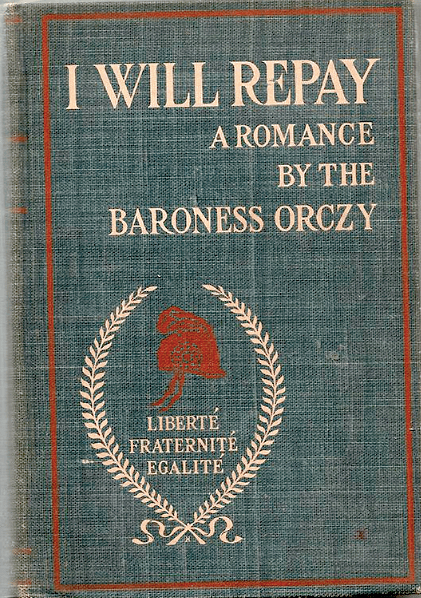
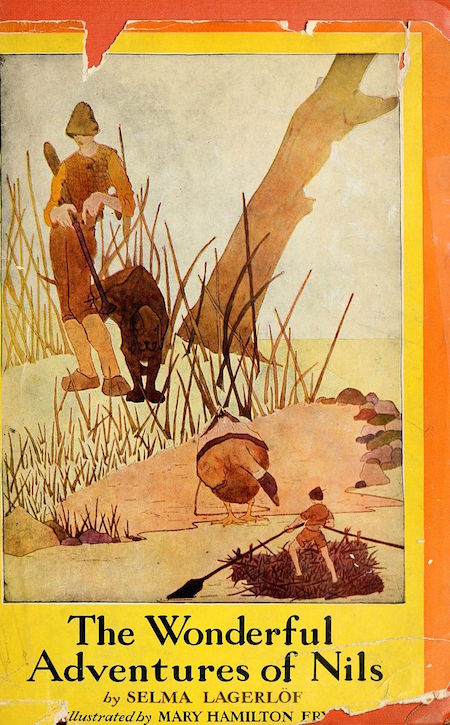

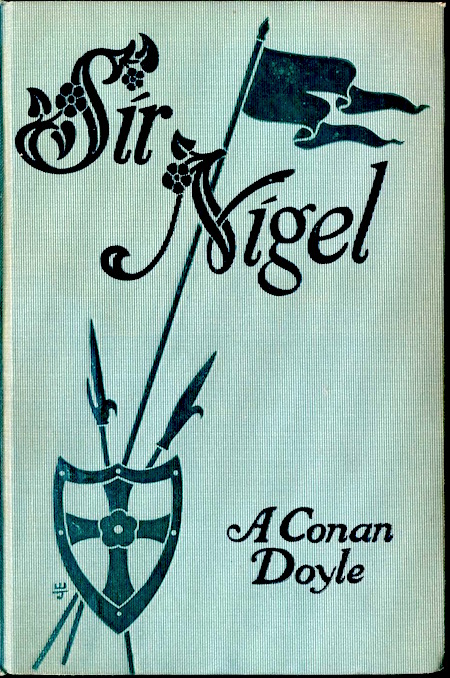
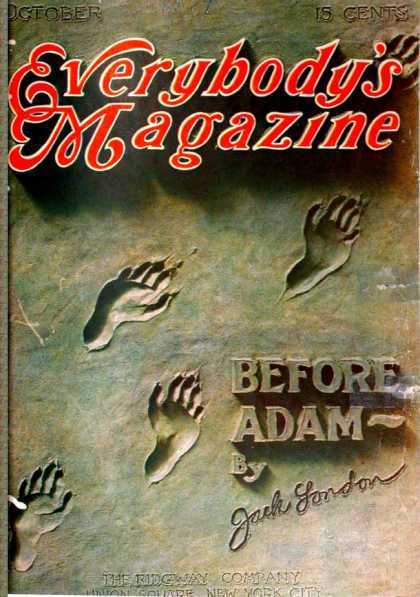
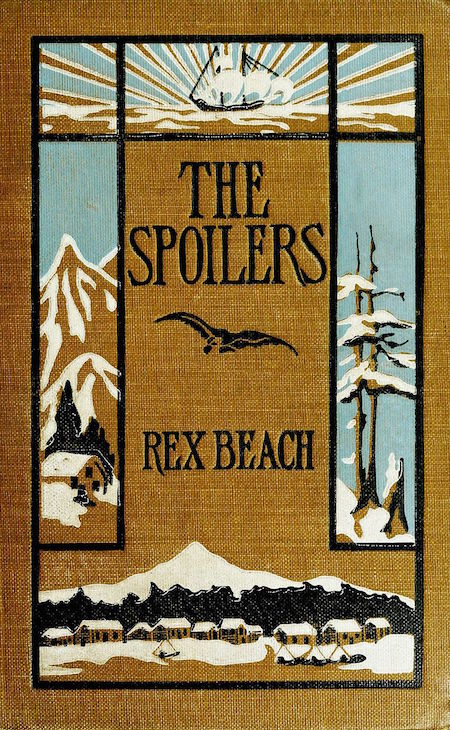
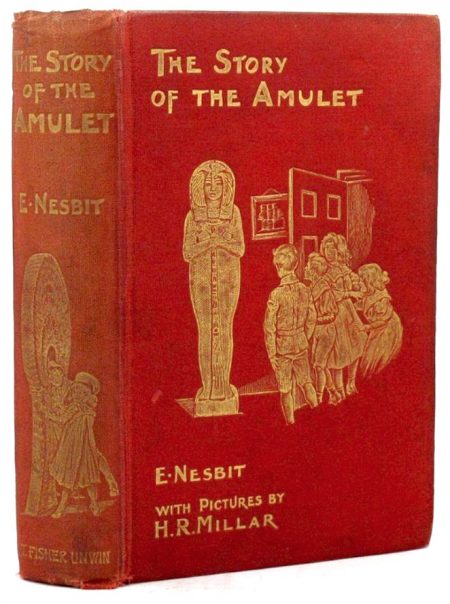
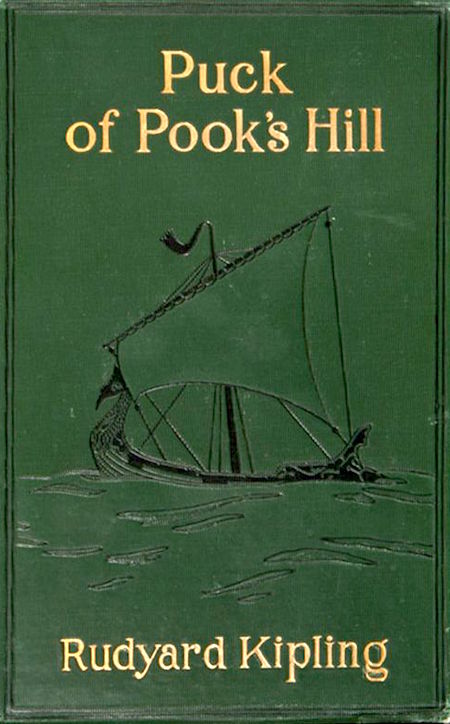
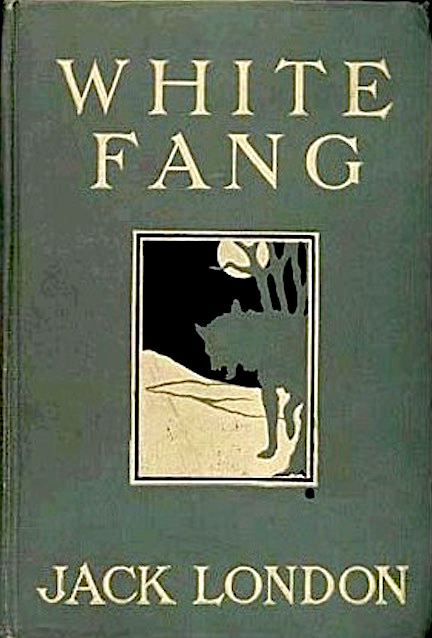
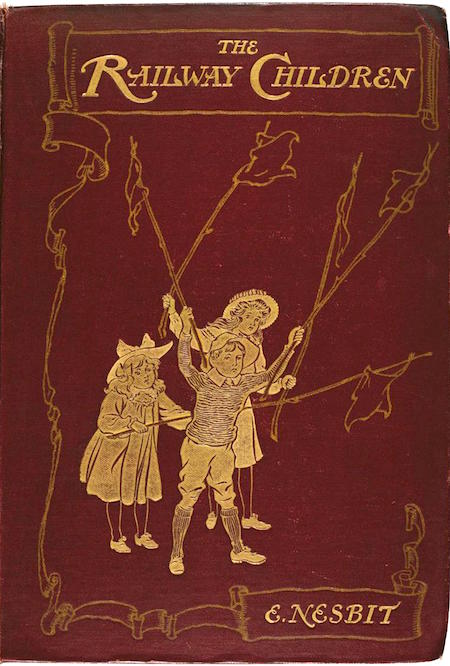
JOSH GLENN’S *BEST ADVENTURES* LISTS: BEST 250 ADVENTURES OF THE 20TH CENTURY | 100 BEST OUGHTS ADVENTURES | 100 BEST RADIUM AGE (PROTO-)SCI-FI ADVENTURES | 100 BEST TEENS ADVENTURES | 100 BEST TWENTIES ADVENTURES | 100 BEST THIRTIES ADVENTURES | 75 BEST GOLDEN AGE SCI-FI ADVENTURES | 100 BEST FORTIES ADVENTURES | 100 BEST FIFTIES ADVENTURES | 100 BEST SIXTIES ADVENTURES | 75 BEST NEW WAVE SCI FI ADVENTURES | 100 BEST SEVENTIES ADVENTURES | 100 BEST EIGHTIES ADVENTURES | 75 BEST DIAMOND AGE SCI-FI ADVENTURES | 100 BEST NINETIES ADVENTURES (in progress) | 1994 | 1995 | 1996 | 1997 | 1998 | 1999 | 2000 | 2001 | 2002 | 2003 | NOTES ON 21st-CENTURY ADVENTURES.
